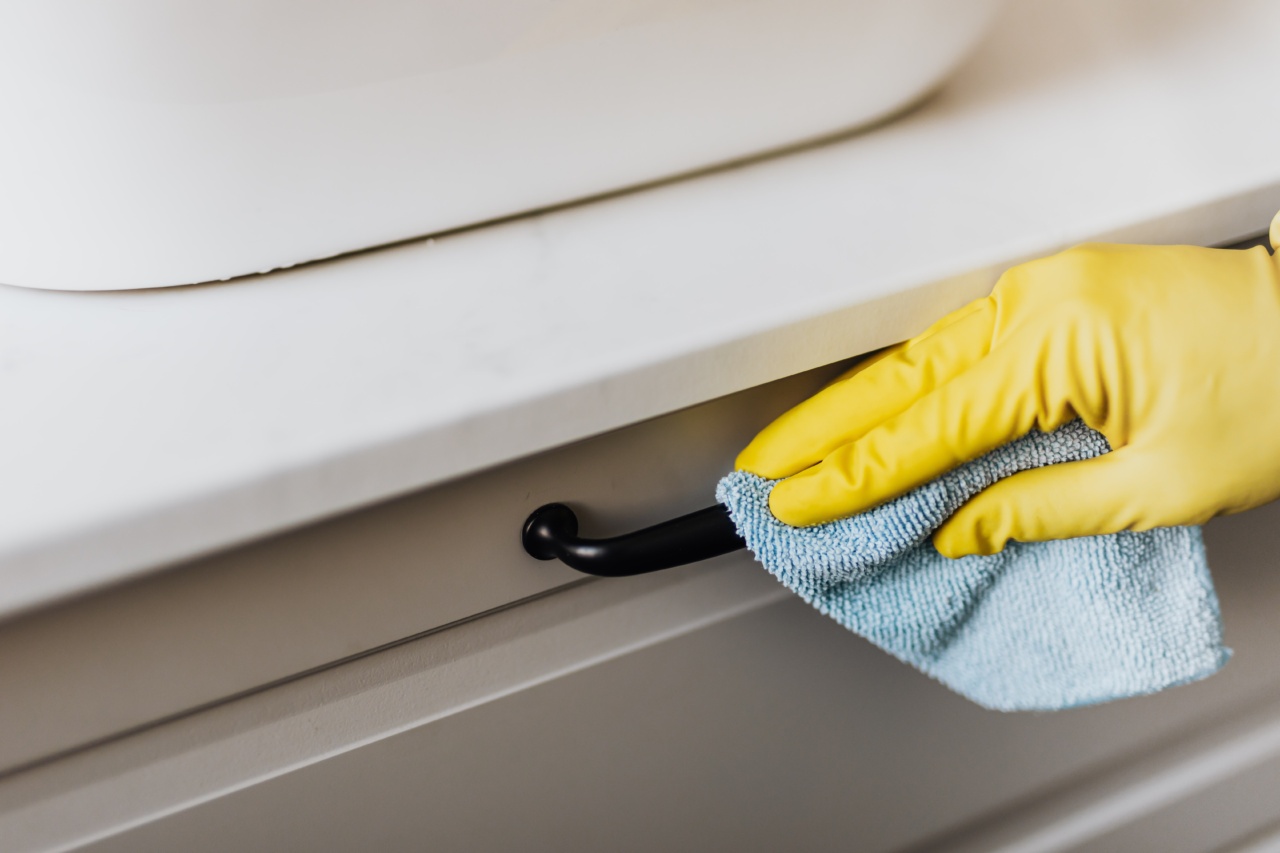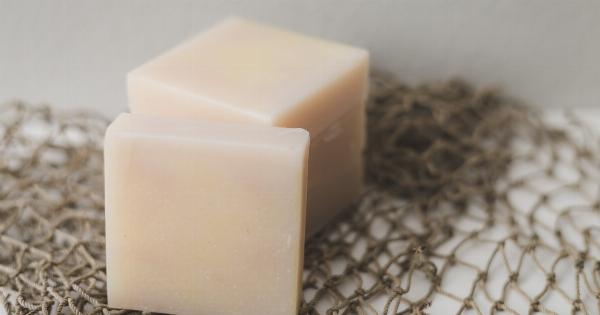Molds are fungi that thrive in moist environments and often grow on food, clothing, damp walls, and other surfaces. Exposure to mold can cause allergic reactions and other health problems, especially in people with mold allergies.
What Is Mold Allergy?
A mold allergy is an allergic reaction to mold spores that are present in the air.
When inhaled, these spores can cause various symptoms in people with mold allergies, including nasal congestion, sneezing, runny nose, itchy and watery eyes, coughing, wheezing, and other respiratory problems.
Some people may also experience skin rashes, hives, and other allergic reactions when exposed to mold. In severe cases, mold exposure can trigger asthma attacks and other respiratory emergencies that require immediate medical attention.
What Causes Mold Allergy?
Mold allergy is caused by exposure to mold spores, which are tiny airborne particles that can be found in damp and humid environments.
These spores can be released into the air when mold is disturbed or when the environment is moist and warm, such as during the spring and summer months.
Mold spores can also be present in indoor environments, such as homes, offices, and schools, where water damage and moisture problems can lead to mold growth.
Some common sources of indoor mold include leaky pipes, roof leaks, high humidity, and poor ventilation.
People with weakened immune systems, such as children, pregnant women, and the elderly, are more vulnerable to mold allergies and other health problems associated with mold exposure.
Additionally, people with a family history of allergies or asthma may be more likely to develop mold allergies.
How to Diagnose Mold Allergy
If you suspect that you have a mold allergy, you should consult an allergist or immunologist for a proper diagnosis. These specialists can conduct a series of tests to determine whether you are allergic to mold and other common allergens.
Some common diagnostic tests for mold allergy include:.
- Skin prick test: A small amount of mold extract is placed on the skin, and a sterile applicator is used to puncture or scratch the skin. If you are allergic to mold, you will develop a raised, red bump at the test site.
- Blood test: A sample of your blood is taken and tested for the presence of antibodies that are specific to mold allergens.
- Elimination diet: Your doctor may recommend eliminating certain foods from your diet that may contain mold or other allergens to see if your symptoms improve.
Once your doctor has confirmed a mold allergy diagnosis, they will work with you to develop an individualized treatment plan that may include medication, allergy shots, and environmental control measures.
How to Treat Mold Allergy Symptoms
Like other allergies, mold allergy symptoms can be treated with over-the-counter and prescription medications. Some common medications used to relieve mold allergy symptoms include:.
- Antihistamines: These drugs help to block the effects of histamine, a chemical released by your body in response to allergens. This can help to relieve symptoms such as itching, sneezing, and runny nose.
- Nasal corticosteroids: These drugs reduce inflammation in the nasal passages, helping to relieve symptoms such as stuffy nose and itchy eyes.
- Decongestants: These drugs help to shrink swollen nasal passages, making it easier to breathe through your nose. They can also help to relieve sinus pressure and congestion.
If medications are not effective in relieving your mold allergy symptoms, your doctor may recommend allergy shots, also known as immunotherapy. Allergy shots involve a series of injections that contain small amounts of mold allergens.
Over time, these injections can help to desensitize your immune system and reduce your allergic response to mold.
How to Prevent Mold Growth
Preventing mold growth is the best way to avoid mold allergies and other health problems associated with mold exposure. Some common ways to prevent mold growth include:.
- Fixing leaks: Repair leaky pipes, roofs, and windows, and address any water damage promptly. Make sure that all areas prone to moisture, such as bathrooms and kitchens, are properly ventilated.
- Cleaning regularly: Clean damp areas, such as bathrooms and kitchens, regularly to prevent mold growth. Use a mixture of bleach and water (1:10) or other household cleaners to kill mold on hard surfaces.
- Using a dehumidifier: Use a dehumidifier to maintain a relative humidity level of 50% or lower in your home. This can help to prevent mold growth and reduce moisture in the air.
- Using air purifiers: Use air purifiers that contain HEPA filters to trap mold spores and other allergens in the air. Change the filters regularly to maintain their efficiency.
Conclusion
Mold allergy is a common health problem that affects many people. If you suspect that you have a mold allergy, you should consult an allergist or immunologist for a proper diagnosis and treatment plan.
By taking steps to prevent mold growth and reduce your exposure to mold spores, you can manage your mold allergy symptoms and live a healthy, happy life.






























